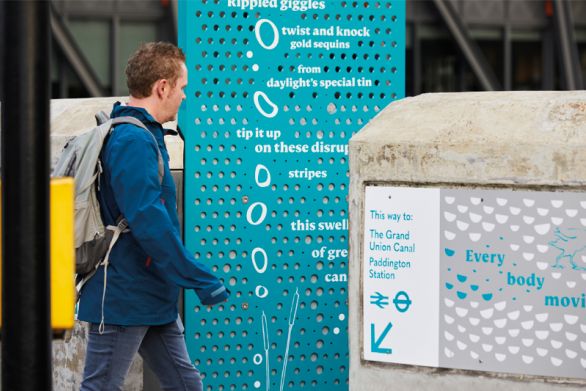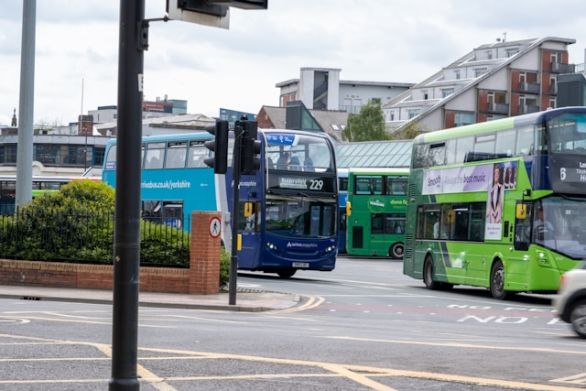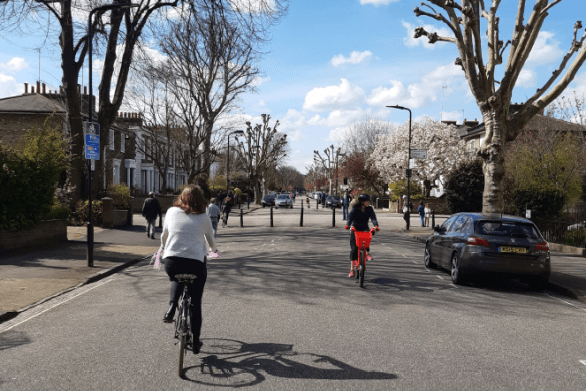”There is no doubt that congestion will continue to be a major issue unless something is done along the corridor to increase the roadway’s carrying capacity.” Tykus Holloway, City & County of Denver, Colfax Corridor Connections Project Manager.
Colfax Avenue in Denver is a melting pot of diverse urban neighborhoods with a mix of established residential and commercial areas, major redeveloping sites and a rapidly growing employment base. This mix of factors means that improving mobility along this highly urbanized corridor faces some major challenges.
East of Interstate 25 (I-25), the corridor is one of the highest traveled east-west transportation routes in the city. During the peak hours, some intersections exceed capacity causing traffic congestion and travel delay. Over the next 20 years, the area is expected to experience a 25% growth in person-trips, 67% growth in employment, and 25% growth in population. As a result, the need to address mobility for all modes of transportation within the area is critical to meeting long-term economic viability and mobility needs.
A combined project team has been actively examining potential transit and mobility improvements along a 10 mile stretch of the street between I-25 and I-225. The project is led by the City & County of Denver, the Regional Transportation District (RTD), and the Federal Transit Administration (FTA) in coordination/partnership with the City of Aurora. Steer Davies Gleave began actively supporting this planning effort in 2012, with the overall goal being to improve transit, mobility, and livability within the corridor now and over the next 25 years.
The area includes some of the most densely developed communities in central Denver and the City of Aurora with the rapidly developing Anschutz Medical Campus and the Auraria Higher Education Center forming the eastern and western anchors of the project. From the outset, the team aimed to increase person-trip capacity along the corridor, without building new roadway lanes or acquiring property.
The first phase of the project saw the team collaborate with stakeholders to examine a wide range of potential routes, technologies, and urban realm improvements, ultimately narrowing the options to those with the most potential for beneficial impacts.
This included reviewing options for enhanced bus improvements (based on the existing corridor bus services); new modern streetcar options; and new bus rapid transit (BRT) options. Each option included potential cycle, pedestrian, and urban realm improvements to create simple and efficient connectivity between transit and the surrounding communities.
Following a focused, year-long technical analysis of all three alternatives, BRT on Colfax Avenue in exclusive lanes during the weekday morning and evening peak travel periods (rush hour) was identified as the preliminary Locally Preferred Alternative (LPA). The exclusive lane would convert the outside travel lane, in both directions, to a transit only lane during peak hours each weekday morning and evening. The rest of the day and at weekends, buses would continue to operate in the outside travel lane mixed with traffic.
A series of outreach events, held in late summer 2014, gave the team an opportunity to receive and discuss feedback from project stakeholders about the LPA. This feedback is currently being examined and will determine potential refinements to further improve the LPA.
Regarding the proposal, Public Works Transportation Director of the City and County of Denver, Crissy Fanganello said; “Colfax serves as a critical backbone of the city’s transportation network and has the highest bus ridership in RTD’s system. BRT on Colfax will offer an upgraded, cost-effective transit experience that moves more people throughout the corridor, helping meet existing and future travel demand.”
Now that BRT has been formally identified as the LPA, the team can focus on the next stage of the project and the environmental documentation will be advanced, in accordance with the National Environmental Policy Act (NEPA).











